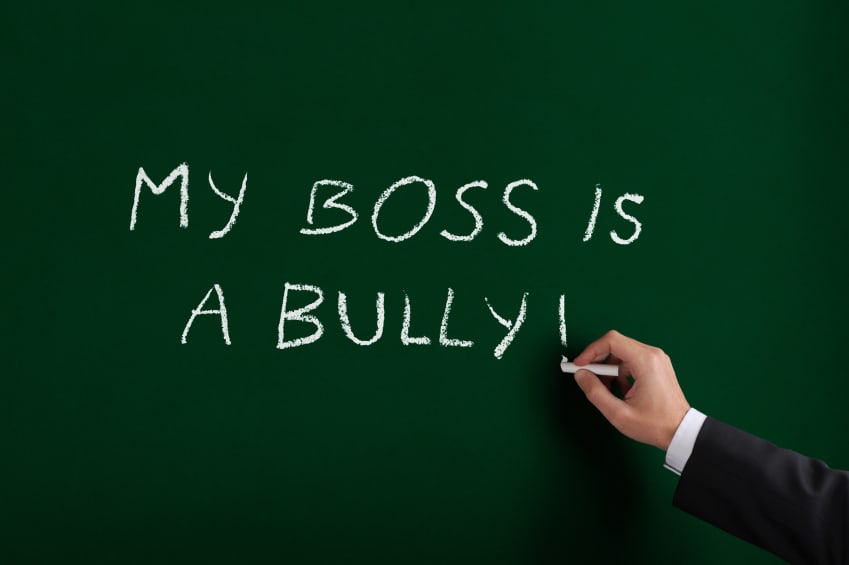On Saturday morning, May 26 2012, the Australian Prime Minister, Julia Gillard, and her Workplace Relations Minister, Bill Shorten, announced an inquiry into workplace bullying to be undertaken by the House Standing Committee on Education and Employment and to report to Parliament in November 2012.
 This announcement seems to be another that is buried or overtaken by current political events. The Australian Broadcasting Corporation mentioned workplace bullying as a “silent epidemic”. There is a strong risk that the politicians are overstating the workplace bullying case. WorkSafe Victoria receives thousands of enquiries about workplace bullying but only a portion of them fit the workplace bullying definition and only a handful proceed to a prosecution. The government needs to be careful that it is not operating to a perception of workplace bullying instead of the reality, even though the community outrage is genuinely felt.
This announcement seems to be another that is buried or overtaken by current political events. The Australian Broadcasting Corporation mentioned workplace bullying as a “silent epidemic”. There is a strong risk that the politicians are overstating the workplace bullying case. WorkSafe Victoria receives thousands of enquiries about workplace bullying but only a portion of them fit the workplace bullying definition and only a handful proceed to a prosecution. The government needs to be careful that it is not operating to a perception of workplace bullying instead of the reality, even though the community outrage is genuinely felt.
The Age newspaper and AAP, basically printed an edited media release but the most significant statements have not been printed. These are the comments by the Prime Minister, Minister Shorten and the parents of Brodie Panlock, Damian and Rae. Below is a selection or statements from the doorstop transcript:
PM : “I’ve have had the opportunity to have a conversation with Damian and with Rae about their family experience and they will talk about that family experience themselves, but it led to the loss of their daughter Brodie. And they fought hard here in Victoria for Brodie’s law, to have a law that deals with serious bullying at work. Continue reading “Workplace bullying hits the national agenda in Australia”

